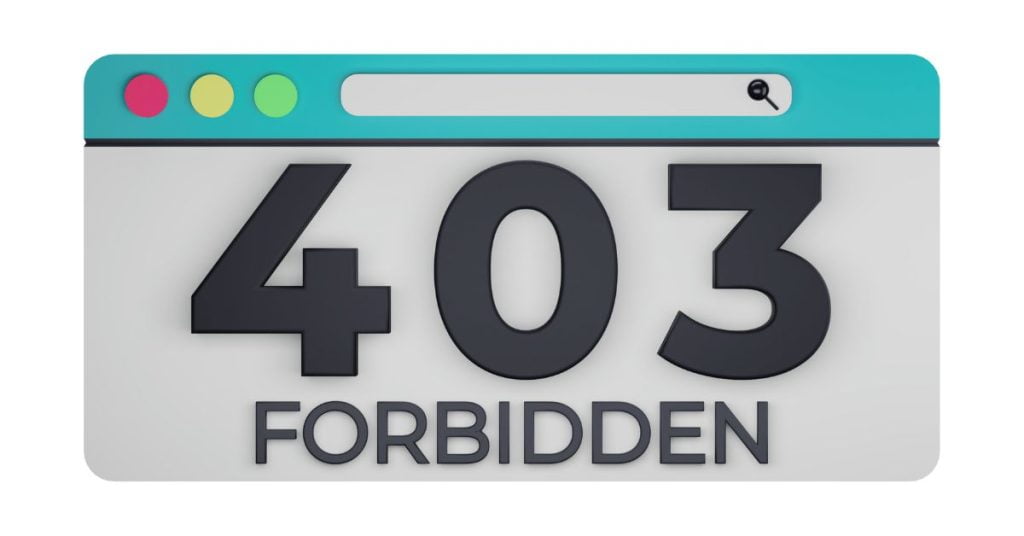The Internet Archive’s Wayback Machine is a priceless tool, allowing you to journey through the corridors of the internet’s past. But every now and then, you might find yourself face to face with a pesky “403 Forbidden” error when trying to view an archived page. This can be quite vexing, especially if you’re depending on that particular piece of data. Here’s a deep dive into why you might be seeing this error and some potential ways around it.
1. Why the 403 Forbidden error?
A “403 Forbidden” error essentially means you don’t have permission to view the requested content. When it comes to the Wayback Machine, there are a few reasons why you might bump into this:
- Site owner’s request: The owner of the website might have expressly requested the Internet Archive not to archive their pages.
2. Possible Solutions
- Retry the Page: Sometimes, the error can be temporary due to high traffic or server-side issues. It never hurts to wait a few moments and refresh the page or try accessing it at a different time.
- Alternative Dates: The Wayback Machine archives multiple instances of a website over time. If you’re encountering a 403 error for a specific date, try navigating to a different archived date for the same page.
- VPN or Proxy: Occasionally, geographical restrictions might be in play. Using a VPN or proxy can allow you to access the site from a different location, potentially bypassing the error.
- Check with Direct URL: Sometimes, navigating directly through a specific URL instead of browsing can help. If you have a direct URL to the archived content, give that a try.
- Third-party Tools: There are tools and plugins available online that might help you fetch and view the archived content. Remember to always approach third-party tools with caution and ensure they’re from a reputable source.
In Conclusion
The Wayback Machine is an invaluable resource, but like all tools, it’s not infallible. Encountering a “403 Forbidden” error can be a minor setback, but with a little patience and creativity, you often can find a way to access the information you seek. Remember, the digital realm is vast and ever-evolving, so keep exploring, and don’t let a single error dampen your curiosity.








